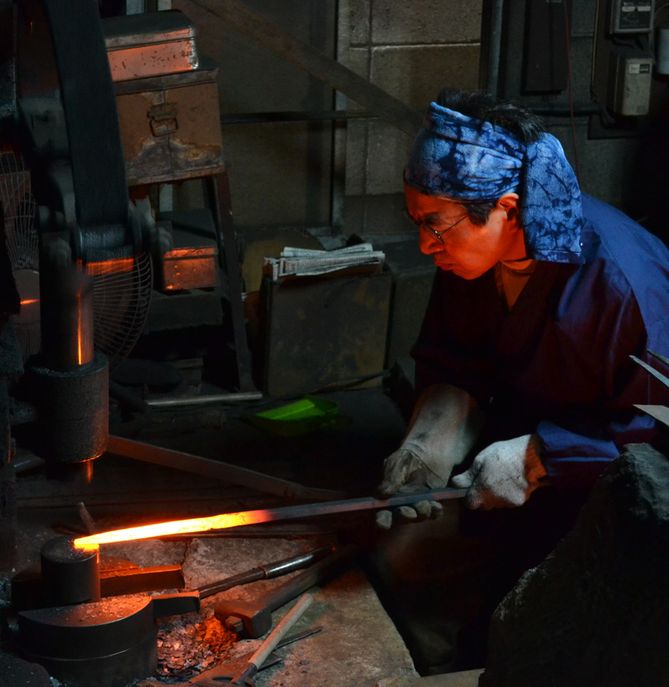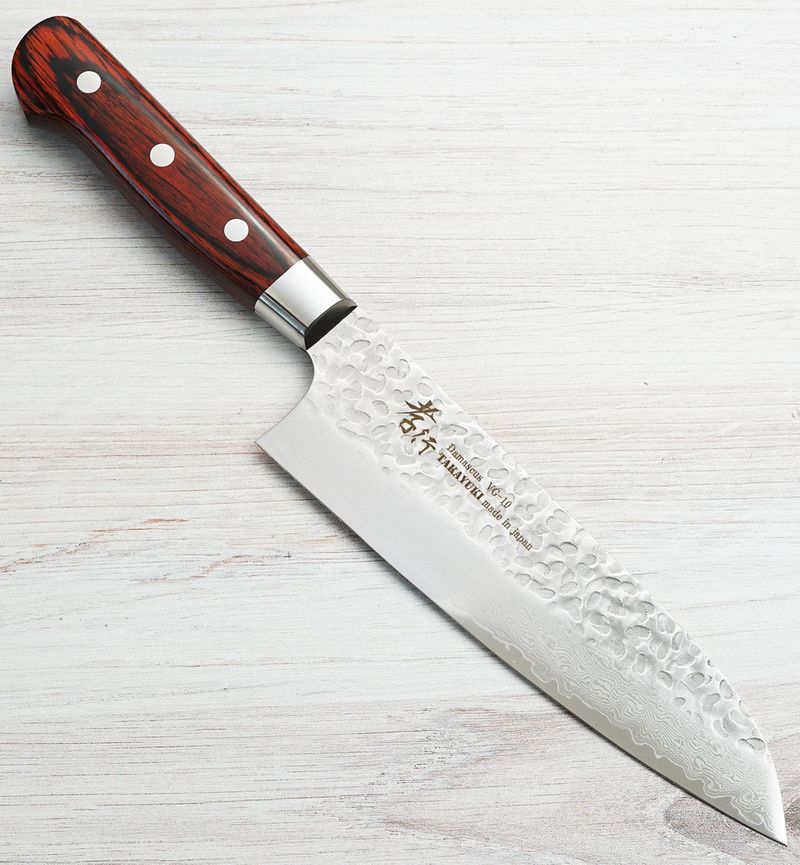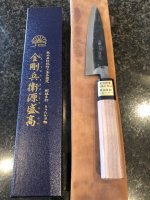Recently I have done a fair bit of research and spent time watching YouTube videos on various aspects of Japanese kitchen knives. I decided to take the plunge. I am starting off slow and on the lower end of the price scale.
What I have arriving today is a Tuo 5.5" Santuko knife:

Tomorrow my Boumbi Hinoki cutting board and and Noble black ceramic honing rod should arrive:


Hopefully I have made some reasonable choices as I venture into the world of higher end kitchen knives.
Thoughts and advice are much appreciated.
Tim
What I have arriving today is a Tuo 5.5" Santuko knife:
Tomorrow my Boumbi Hinoki cutting board and and Noble black ceramic honing rod should arrive:
Hopefully I have made some reasonable choices as I venture into the world of higher end kitchen knives.
Thoughts and advice are much appreciated.
Tim








